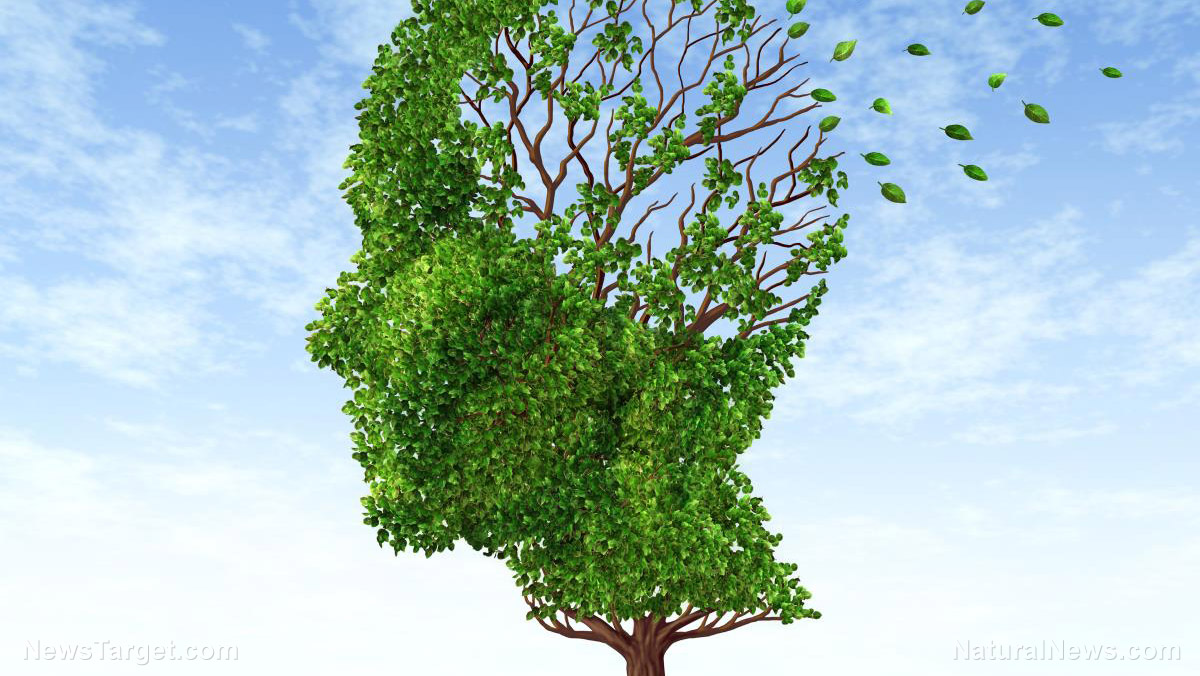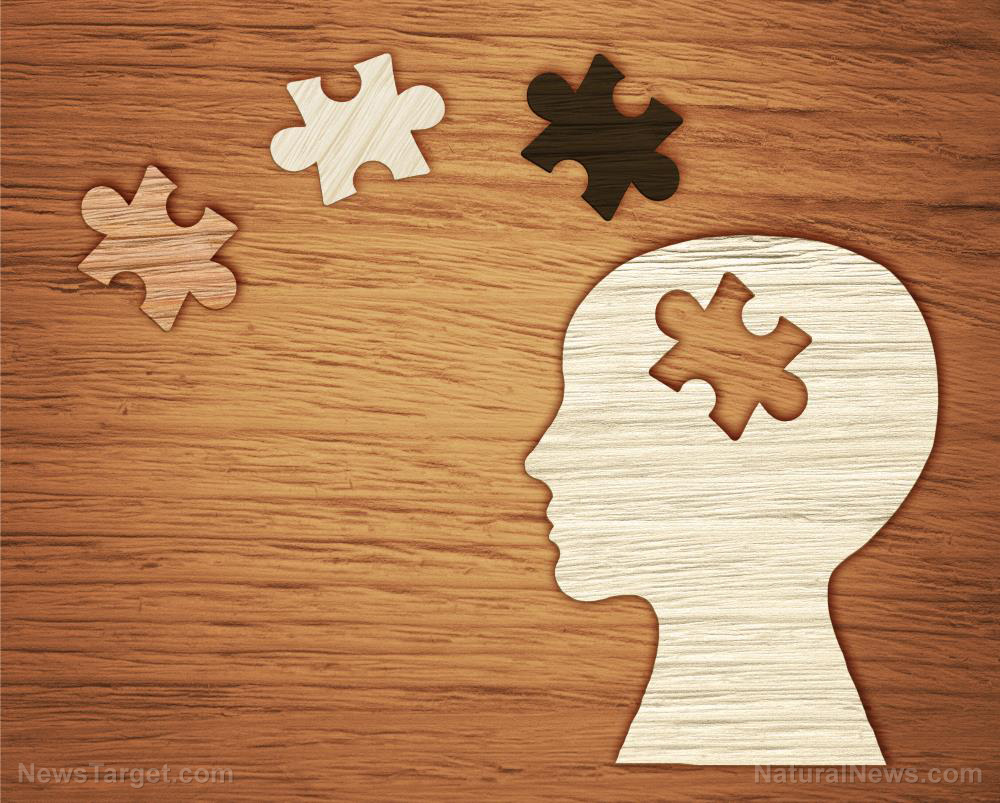Lack of sleep affects how your brain stores memories
01/29/2019 / By Michelle Simmons

Recent studies uncover how sleep and distractions affect the ability of the brain to store memories.
Researchers from the National Institute of Neurological Disorders and Stroke find that communication between key brain regions increases when a person is asleep. The study focused on how the brain creates and stores new memories.
The researchers used a new form of technology called the NeuroGrid system, together with recording electrodes placed deeper into the brain, to evaluate the brain activities in some parts of rodents’ brains during non-rapid eye movement (NREM) sleep, which is the longest stage of sleep. The system they invented is comprised of a collection of tiny electrodes connected together similar to the threads of a blanket. This was then laid across a region of the brain so that every electrode could constantly observe the activity of a different group of neurons.
“This particular device allows us to look at multiple areas of the brain at the same time,” said Jennifer Gelinas, the first co-author of the study and a professor at Columbia University.
Results revealed that ripples in the hippocampus during sleep existed and played a role in storing memory, supporting a previous study by the new study’s senior author György Buzsáki. Hippocampus, a brain structure, turns new information into permanent memories during sleep. The researchers also found the ripples in some parts of the association neocortex, a part of the brain’s surface that plays a role in processing complex sensory information.
“When we first observed this, we thought it was incorrect because it had never been observed before,” Dion Khodagholy, the research’s co-first author and assistant professor at Columbia University, said.
In addition, both ripples in the hippocampus and association neocortex took place at the same time as if they were communicating when the rats slept. The researchers have suggested that this neural communication could help the brain store information. They analyzed the brain activities during NREM sleep of rodents trained to find rewards in a maze and in rodents that made their way through the maze randomly to test their theory. Results showed that the learning task increased the communication between those areas in the trained rats.
Brain fights distractions to store memories
Researchers from the National University of Singapore (NUS) discovered how the brain retains working memory when faced with distractions. Previous research have shown that working memory, a form of short-term memory that stores and manages information needed to execute daily cognitive tasks, is stored in the activity of populations of neuron in the prefrontal cortex through unchanging brain activity. This suggested that neural activity is not affected by distractions and enable information to be stored. In contrast, the findings of the NUS study revealed that distractions alter the activity of nerve cells and maintain information by reorganizing the information within the same group nerve cells. The code that the nerve cells use to retain memories changes to a different code after distractions.
“Our study could potentially provide inspiration for new types of computer architectures and learning rules used in artificial neural networks modeled after the brain,” lead author of the study Yen Shih-Cheng said.
The results of the study contribute to research on how the brain functions, and suggest a way for the brain to store various types of information flexibly using lesser resources and to retain information better when there is new information or distractions. (Related: Boost your memory naturally with these nutrient-packed foods.)
Sources include:
Tagged Under: Brain, distractions, distractions and memory, nerve cells, sleep and memory
RECENT NEWS & ARTICLES
COPYRIGHT © 2017 BRAIN NEWS


















